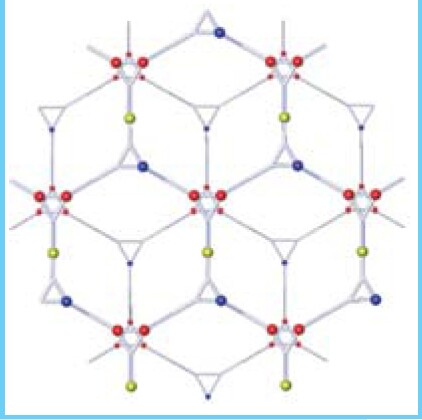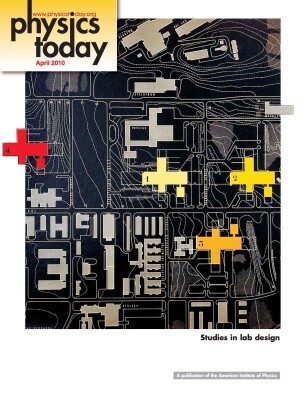Geometrically frustrated boron
DOI: 10.1063/1.4797317
Boron’s next-door neighbor in the periodic table, beryllium, forms a simple metal lattice at 0 K. Boron’s other next-door neighbor, carbon, forms another simple structure at 0 K, graphite. As for boron itself, its most stable form at absolute zero is unknown. Compounding the mystery, the lowest-energy phase that experimenters have found, the β-rhombohedral phase, is stunningly complex and defect riddled: Each hexagonal unit cell has 423 atomic sites; on average only 320 of them are occupied. Now, Tadashi Ogitsu of Lawrence Livermore National Laboratory and his collaborators have explained why the stable β-rhombohedral phase has so many empty sites. If boron were simple, the defects—vacancies and interstitial atoms—would disappear as boron attained its perfect crystalline structure. But according to Ogitsu’s calculations, which he carried out on a Livermore supercomputer, the defects actually stabilize the β-rhombohedral phase. It turns out the defect sites in the crystal are arranged in a particular geometric configuration, a double-layer expanded kagome lattice (see

